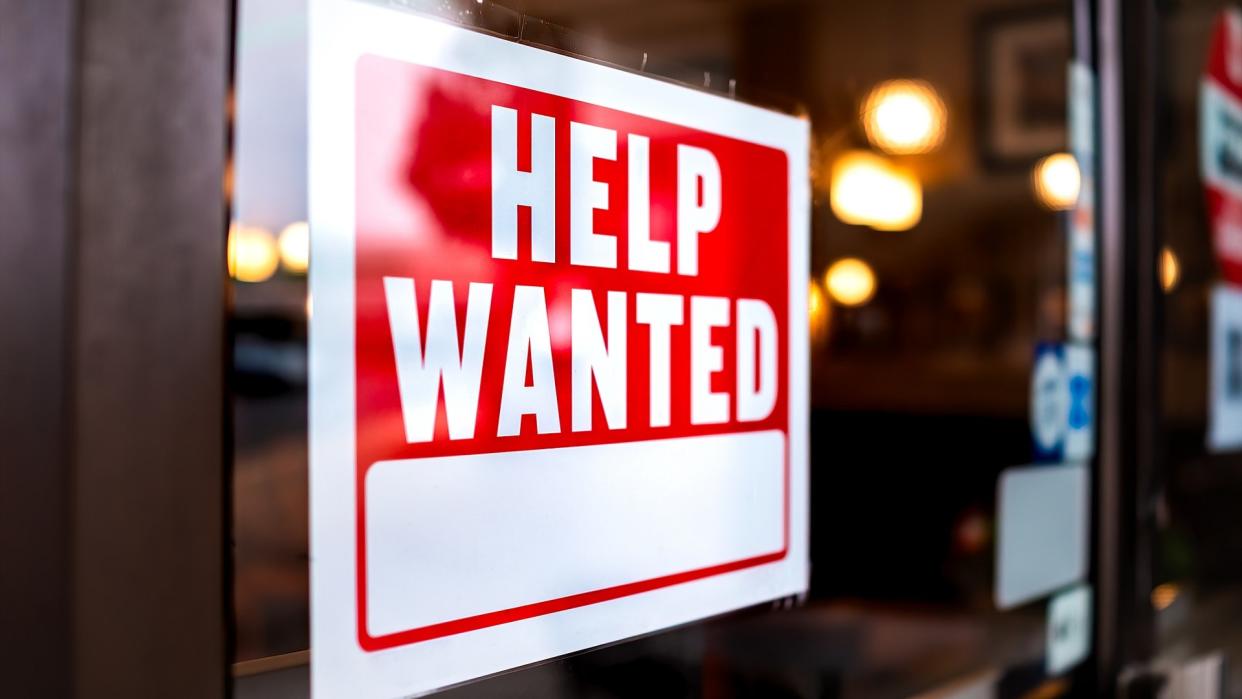GDP Inches Upward to 6.7% Fueled by High Demand — Can Supply Shortages Be Remedied in Time?

U.S. Gross Domestic Product grew at a 6.7% annual pace in Q2, revised slightly upward from the previous estimate released by the Bureau of Economic Analysis last month, which expected a 6.6% growth. The economy received a boost in the second quarter from simultaneous stimulus payments and the reopening of businesses facilitated by increasing vaccination rates.
Stimulus Update: Petition for a Fourth Stimulus, State Economic Boosts, Golden State Checks & Child Tax Credits
Economy Explained: What Is the GDP — and What Do You Need To Know About It?
The BEA also stated that government assistance payments in the form of loans to businesses and grants to state and local governments increased, while social benefits to households, like stimulus payments, declined. This suggests that a boost in government spending to support businesses contributed to economic growth more than direct stimulus payments to individuals.
In the second quarter of 2021, real GDP increased 6.3%. Increases in the real GDP reflected an increase in personal consumption expenditures, nonresidential fixed investment, exports and state and local government spending. These increases were largely offset by decreases in private inventory investment, residential fixed investment and federal government spending. Imports, which always subtract from the total GDP, also increased, according to the BEA.
The increase in consumer spending — known as personal consumption expenditures (PCE) — was led by food services and accommodations, a welcoming figure as the sector was one of the hardest hit during the pandemic and is still on its way to recovery. Notable spending in pharmaceutical products, as well as clothing and footwear, also largely drove the increase.
Related: What Do Small Businesses Really Mean for the US Economy?
Interestingly, the decrease in private inventory investment was led by a decrease in retail trade inventories. The increase in consumer retail spending accompanined by a decrease in retail inventories could suggest manufacturers are wary of full economic liftoff and keeping supplies moderate in the face of rising Delta variant fears.
PhD economist Dr. Orphe Divounguy said that rising nominal GDP is representative of a recovery from national lows during the pandemic coupled with surges in inflation. “Prices are rising due to mass federal stimulus dollars creating demand for products while supply chain bottlenecks created shortages” he stated.
The upticks in GDP come in tandem with the third straight week of increases in jobless claims for September. Divounguy said that with schools reopening and federal unemployment benefits being cut off, we will likely see improvements in labor force participation. This would (hopefully) ease labor shortages and boost employment, as well as eventually increasing output. This, he said, is what can result in sustainable economic growth.
Stimulus News: Child Tax Credit Payment Dates, Opt-Out Deadlines and Tax Implications
Government Shutdown 2021: Will SNAP Benefits Be Impacted?
“What we don’t want to see two or three years from now is low economic growth and high inflation, which would mean pain for everyone. One way to do that is to get people back to work. Ultimately, headwinds outnumber the tailwinds.”
More From GOBankingRates
Social Security Benefits Might Get Cut Early — What Does It Mean for You?
When Social Security Runs Out: What the Program Will Look Like in 2035
Last updated: September 30, 2021
This article originally appeared on GOBankingRates.com: GDP Inches Upward to 6.7% Fueled by High Demand — Can Supply Shortages Be Remedied in Time?
